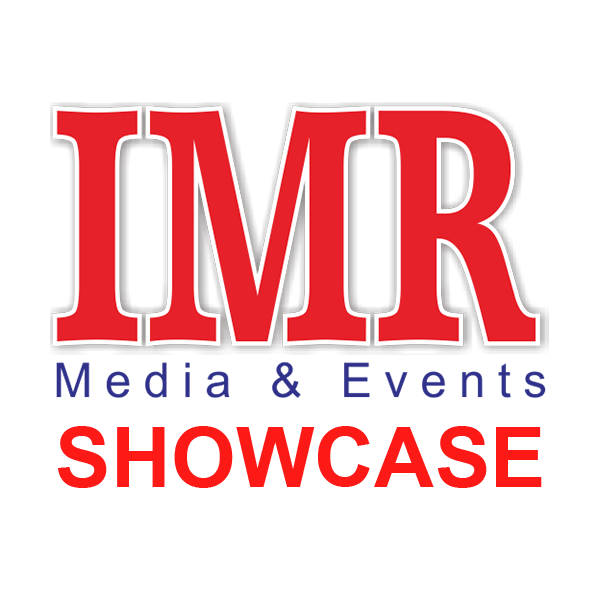Sponsors
Download the Infomation Brochure
Introduction
1. The nature of conflicts has changed greatly in recent years but it has been suggested that military logistics has yet to keep up. Prospects of improvement in military logistics sector are dependent on the factors or trends that drive or restrict the growth. There are lessons to be drawn from recent international conflicts. During the Iraq War, the Pentagon used RFID from the point of shipment to track all containers using GPS. This and other technologies provided a real-time logistics dashboard, and huge competitive advantage.
2. The key to efficient management of the supply chain also is to understand and stock what is predictable and combine that with a flexible pipeline behind it.
3. Logistics need to evolve and the Armed Forces would need to reconsider logistics in a changing modern combat environment regardless of preferences. What can, however, be done is ensuring an execution strategy designed to suit Indian conditions and operational requirements.
Military Transport
4. Military transport, largely through heavy mobility vehicles and / or transport aircraft are the backbone which support the logistics segment in meeting its objectives in a timely and efficient manner. Today’s strategic transportation force of India as it stands is largely dependent on the ground vehicles and the transport aircraft fleet. Military transportation is necessary for smooth availability of troops and defence equipment at the war field. While most military transportations during critical times move on military assets, most military cargo, personnel and war fighting assets move on commercial assets also. However, with increasing need for military augmentation, it has increased the need for closer coordination between military and civilian carriers. The reason why civilian transport sector efficiency is considered more than that of military is because the former are more open to technological innovations due to obvious reasons.
5. The key land based platforms that make up the military transport segment include troop carriers, re-fuellers, vehicles for gun mounting, fire-fighting, UAV support and recovery vehicles, flat bed trucks and buses. Some of the key Indian entities who are part of the ecosystem include Ashok Leyland and Tata Motors apart from the government entities including OFB and BEML.
Transportation Challenges
6. More than 85% of all material moves on commercial transport the supply chain in the field are heavily dependent on service transport. Due to different terrain and condition, types of loads and nature of operations, we operate different types of vehicles. There is a need to push technology to the limit to support troop movement by increasing resources for transportation, logistics and supplies.
7. A secure nation requires a strategic vision of well-connected borders and a better management of resources and infrastructure for efficient trade and transport.
As far as road transportation is concerned, there is not enough infrastructure especially in the border areas, due to lack of investments coupled with delays in getting environmental clearances that prevent the construction of roads. Short supply of trailers of requisite dimension for transporting specialised vehicles on border areas as required by the Army is also a concern area.
In case of railway transportation, the infrastructure of railways is not sufficient as far as the requirement and speed of military traffic is concerned. Procedural delays and maintenance issues related to defence assets also lead to inefficiencies.
8. In air transportation on other hand, the lack of proper landing strips in high altitude areas and border areas especially in the north east region coupled with inadequate service facilities in the regions results in inefficient planning for any contingency.
National Logistics Infrastructure
9. The logistics system of the Indian Armed Forces needs to be integrated with the national logistics infrastructure and national resources need to be harmonized. Infrastructure like railways, roads, inland water transport, airfields, communications, etc, are dual use facilities and can be better planned together.
10. Similarly, to meet the demand of clothing, rations, supplies, fuels, vehicles and repair support, etc, civil sector can be developed to meet defence requirements without creating a burdensome logistical setup.
11. An organisation at the national level is required to oversee, coordinate and integrate national level logistical planning with defence needs.
12. At the national level, India lacks is a seamless movement of goods across all modes of transport with a right inter-modal transport coupled with skilled manpower in logistics and co-ordination among the various stakeholders. A separate logistics division was created in July 2017 under the Ministry of Commerce and Industry. Logistics sector has been granted infrastructure status by the government, hence, accelerated progress is expected. The target is to bring down the logistics cost from the reported current figure of 14% to 10% of GDP while also reducing cargo release time. There are various ongoing projects like the logistics hubs and road projects, dedicated freight corridors and common user cargo terminals among others that could benefit from a structured approach. The benefits from these changes would gradually also pass on to the military logistics and transportation segment.
Joint Logistics
13. Modern technology is driving change across the armed forces and logistics is included in this trend. Information technology can act as a tool to facilitate joint logistics and facilitate increased interoperability. There is also a need to streamline logistics and procurement in the age of joint operations. Military logisticians also face the challenge of being under pressure to ensure that all of their assets are available to be deployed at any time, whilst also needing to reduce their expenditure.
14. India has endeavoured towards putting up a large infrastructure for efficient movement of logistics and now what needs to be focussed upon is to integrate all forms of infrastructure so that it yields desired results. A common procurement agency would be cost-effective, improve quality control and would streamline stocking levels and inventory control. Another area of commonality could be warehousing of common items of the Services. There is also a case for integrating the logistics needs of the para- military forces especially when a large number of them are employed for border-manning duties and counter-insurgency operations.
15. The present logistics systems of the three Services remain separate and there is considerable scope to improve the delivery of logistic support through better inter-Service arrangements. A number of steps have already been undertaken to effect inter-Service cooperation in the field of logistics and to rationalise single-Service logistic areas.
16. The Navy and the Air Force are also dependent on the Army for common user items such as ammunition, vehicles, general stores and clothing. These arrangements have resulted in an economy of effort and unity of purpose. Yet, there are a number of areas in the present logistics support system, which are open to integration and a joint approach to achieve synergies in operations.
17. Indian Army. The agencies responsible for providing logistics are organised under four different PSOs (principal staff officers) that is, the adjutant general (AG), quarter master general (QMG), master general of ordnance (MGO) and the engineer-in-chief. This reflects on the fact that the management and control of the logistics services are not under a unified single management or control. This gives rise to a number of intra-Service logistical problems in the Army. The QMG Branch is responsible for a large portion of planning for logistics. It utilises almost two-fifths of the army budget.
18. Indian Air Force. In the Air force, the Logistics Branch handles all the equipment, materials management and distribution functions. At the Air Headquarters, Air Officer-in-Charge Administration and the Air Officer-in-Charge Maintenance (AOM) perform functions similar to those of the AG and the QMG in the army and partly similar to those of the MGO in the army. The air force spends almost 60 per cent of its budget on stores.
19. Indian Navy. The Chief of Materials is responsible for maintenance and logistic support, armament supply, naval projects, engineering, electrical and weapon systems and procurement of naval stores. The Chief of Personnel looks after the responsibilities connected with medical services, recruitment, service conditions, clothing and welfare and utilises over half of the naval budget. Even in the navy, logistics support to newly introduced equipment, is planned and organised after selection and ordering of the new equipment by user directorates and, therefore, this procedure lends itself to be termed as an "after-the-fact discipline".
Outsourcing of Logistics & Maintenance
20. A common logistics doctrine and philosophy of logistics support is required for the three Services. Multiplicity in logistic agencies needs to be rationalized with a single authority responsible for logistics preparedness.
21. Privatisation of defence production and throwing open DRDO and ordnance factories as dual use production facilities can result in optimum utilisation of resources, efficiency and infrastructure.
22. With the pressing need to decrease tail-to-teeth ratios, outsource logistics functions to trade and support industry, thereby saving manpower and resources, there is a need to examine the capabilities available in the private sector and adopt best practices.
Military Supply Chain
23. Supply chain excellence consists of knowing exactly what you have – the condition and location of the items – and managing the flow of that material in light of the shifting patterns of demand and supply.
24. The logistics systems of all the three Defence Services are different from each other and are of computer based, which are structured under the framework of online material management as can be seen from:-
Army Computerised Inventory Control Programme (CICP).
Navy Integrated Logistics Management System (ILMS).
Air Force Integrated Material Management Online System (IMMOLS.
Issues and Challenges
25. There are some gaps in the logistic systems of Indian defence which when plugged can exponentially improve the efficiency and competitiveness. These relate to duplication of resources, lack of codification and standardisation, different reporting authorities lack of commonality in procedure. This does not amplify the benefits that can be achieved by automating the system.
Importance of Technology
26. In the digital age, innovations with military logistics applications have the potential to free up much needed resources while also simultaneously offering operational benefits. There are four big technology-driven trends that are impacting the logistics mission:-
• Sensors and analytics. for maintenance.
• Data analytics research and development for forecasting and predictive maintenance.
• The internet of Things and greater computational power.
• Software -defined, hardware-enabled systems have reduced device sizes and brought in simplicity and efficiency.
27. Some of the technology initiatives being employed are Additive manufacturing and 3D printing of spares, Artificial Intelligence, RFID, Predictive Prognostics, Web-enabled Smart D2B (device to business), Platform and Tools for Data Transformation, Optimization, and Synchronization, Applied Wireless Technologies and Logistics Infotronics Agent (LIA).
28. Another trend is robotics. Robots are expected to be economically useful in low-volume, high-mix arenas like the aerospace industry. Robots will become increasingly mobile and “human safe,” sharing space with workers doing the manufacturing or repair.
Virtual Stands and Benefits
Sample Visitor Analysis for Exhibitors
DAY 1 – Friday, 9 July 2021
Session 1 - Inaugural Session (0930 – 1040 hrs)
0930 – 0940 hrs Welcome Address. Lt Gen Sunil Srivastava, AVSM, VSM**, Retd, Director CENJOWS
0940 – 0955 hrs Inaugural Address. Lt. Gen SK Upadhya, PVSM, AVSM, SM, VSM, Retd, Former MGO
0955 – 1010 hrs Keynote Address. Lt Gen MKS Yadav, SM, DG Supplies & Transport.
1010 – 1025 hrs Special Address. Sh Pawan K Agarwal, IAS, Special Secretary (Logistics), Min of Commerce.
1025 – 1035 hrs Industry Perspective. Col KV Kuber, Director Ernst & Young.
1035 – 1040 hrs Release of EY-IMR Report on Military Logistics & Transport Scenario.
Session 2 - Military Transportation Outlook (1045 – 1210 hrs)
Chairman: Brig Achal Dilip, Commander Faculty of Transport Management, ASC Centre & School
1045 – 1055 hrs Opening remarks by Chairman
1055 – 1110 hrs “National Highways Scenario & Future Plans.” Sh Amit K Ghosh, JS (Highways), MORTH.
1110 – 1125 hrs “Border roads infrastructure and challenges.” Brig G Kaushal, DDG Border Roads Organisation.
1125 – 1140 hrs “Use of Coastal Infrastructure and Inland Waterways for Military Requirements.” Capt Sarvjeet Singh, Cap (Nav Ops), Naval HQ
1140 – 1155 hrs “Army's experience with Computerised Inventory Control Programme (CICP) and the future.”Brig Inder Sethi, Brig CICP, Ordnance Services Directorate, Army HQ
1155 – 1210 hrs Q & A
Session 3 - Military Transportation Requirements (1215 – 1340 hrs)
Chairman: AVM KS Reddy, ACAS (Logistics), AOM Branch, Air HQ.
1215 – 1225 hrs Opening remarks by Chairman
1225 – 1240 hrs “Management of Military Transport and FOL of Existing Fleet and Future Clean Energy BasedVehicles” Col Raman Kumar, Col Transport, Dte Gen of Supplies & Transport, Army HQ.
1240 – 1255 hrs “Armed forces' dependence on Railway Transportation and Infrastructure for Military Traffic.”Col Pratyush Kumar, Col Ops & planning Dte Gen Operational Logistics, Army HQ
1255 – 1310 hrs “Air Transportation for Military Requirements and Challenges.” Gp Capt Manish Kumar, Gp Capt Ops (Transport), Dte of Tpt & Heptrs, Air HQ.
1310 – 1325 hrs Talk by Capt TS Ramanujam, CEO, Logistics Skilling Council.
1325 – 1340 hrs Q & A.
Session 4 Material Management (1430 – 1525 hrs)
Chairman: Rear Adm IJS Matharu, Asst Chief of Logistics, Naval HQ
1430 – 1440 hrs Opening remarks by Chairman.
1440 – 1455 hrs “Navy's experience with Integrated Logistics Management System (ILMS) and the future.”Rear Adm IJS Matharu, Asst Chief of Logistics, Naval HQ
1455 – 1510 "IAF's experience with Integrated Material Management Online System (IMMOLS) and thefuture.” Gp Capt N Satish, Gp Capt (IMMOLS), AOM Branch, Air HQ.
1510 – 1525 hrs Q & A
Session 5 - Integrated Logistics (1545 — 1735 hrs)
Chairman: Maj Gen Mukesh Chadha, VSM, Addl DG Supplies & Transport, Army HQ
1545 – 1555 hrs Opening remarks by Chairman.
1555 – 1610 hrs "Digital Transformation of Defence Logistics" Ravikiran Pothukuchi, Industry Leader Aerospace & Defence, Dassault Systemes 3DS.
1610 – 1625 hrs “Aligning Military Logistics with National Logistics Infrastructure.” Col Pratyush Kumar, Col Ops & planning Dte Gen Operational Logistics, Army HQ.
1625 – 1640 hrs Stardardisations for Transport and Logistics in the Armed Forces” Cmde Gopal R Wani, Director Standardisations Directorate, Ministry of Defence.
1640 - 1655 hrs Tri-service Joint Logistics Systems – Challenges and Way Forward” Brig Girish Kalia, Brig (Operational Logistics), HQ IDS”.
1655 – 1710 hrs Integration of Logistics and Proposal for Joint Logistics Command“ Gp Capt Rajesh Bhandari, Former Sr Fellow, CENJOWS
1710 – 1720 hrs Q & A
1720 – 1730 hrs Closing Remarks by Lt Gen Sunil Srivastava, AVSM, VSM** (Retd), Director CENJOWS.
1730 – 1735 hrs Vote of Thanks Maj Gen Ravi Arora, SM (Retd), Chief Editor Indian Military Review.
DAY 2 –Saturday, 10 July 2021
Rebroadcast of Proceedings of Day 1 (09 July 2021). Virtual Exhibition Open

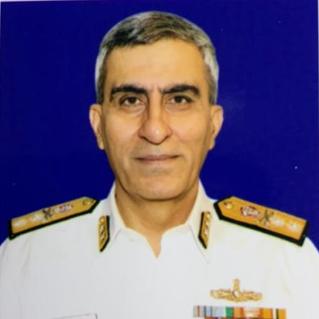
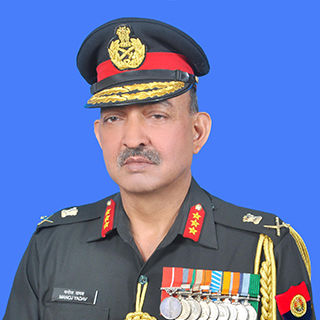
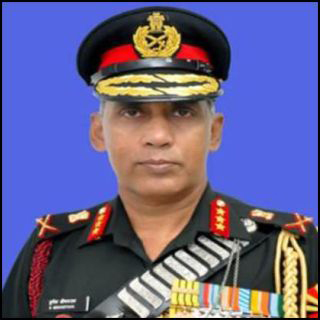

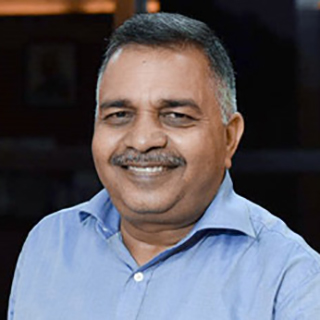
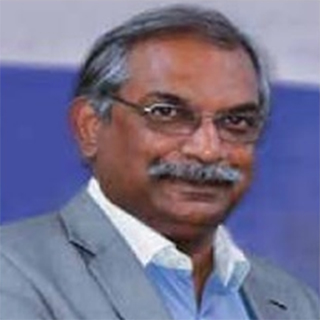


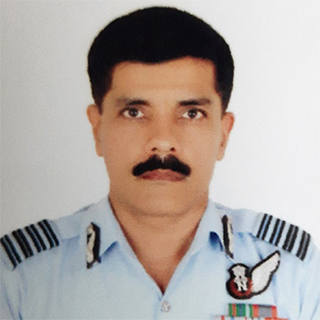

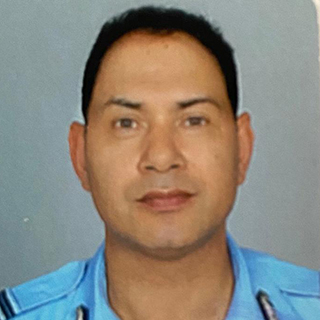
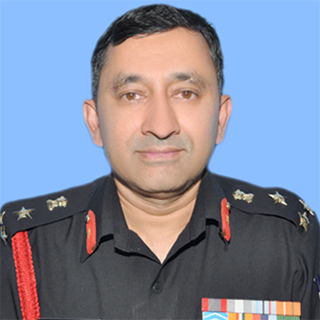
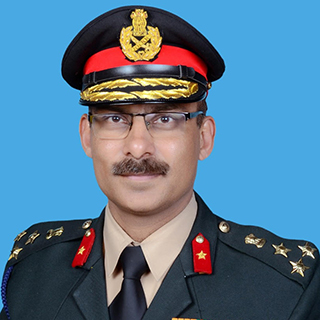


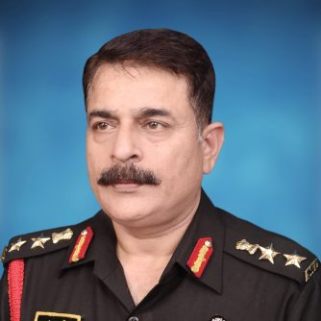




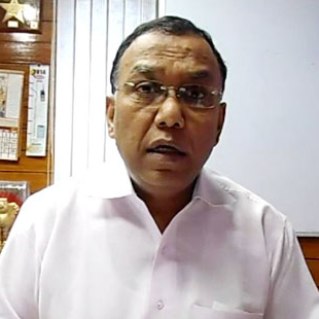

(a) Materiel Management
(b) Life Cycle Management
(c) Supply Chain Management
(d) Transportation and Mobility
(e) Research Scientists
(f) Project Managers
(g) Distribution and Deployment
(h) Third Party Logistics Providers
(i) Logistics officers
(j) Logistics and warehousing companies
(k) Software and logistics solution providers
(l) Maintenance, Repair and Overhaul (MRO) providers
(m) Defence industry professionals
• Logistics solutions providers
• Air, sea, land freight and integrated logistics companies
• Inventory management solution providers
• Maintenance, repair & overhaul companies
• Heavy mobility logistics vehicles manufacturers
• Vehicles and transportation manufacturers.
• Ground support equipment manufacturers
• Training and simulation providers
• Storage and warehousing facility providers
• Climate and environment control solution providers
• Technology providers
• Contract management experts
• RFID and movement control solution providers
• Airfields & ports traffic management
• Total supply chain management solution providers
• E-procurement and software solution providers
For Registered Users and Valid Pass Holders
Log-in with username "guest@mail.com" and password "guest"
If not already registered, buy a pass now from the options below.
